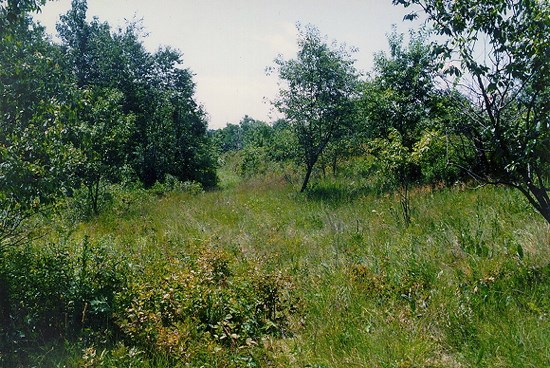When choosing a new tree for your yard, you want to be sure of your choice because trees form part of the long-term structure of your garden and take a few years to become established to provide shade to your living spaces, moderate temperature and wind, and add a sense of privacy by blocking views from the neighbour’s deck/windows or by obscuring the unsightly.
Living on the prairies can be a challenge, especially for trees: extreme cold, blistering heat, withering drought and overpowering winds. Plant breeders develop new tree varieties with new flower colours flowers, interesting leaves or sweeter fruit; that are taller or wider; or have greater disease or insect tolerance. Some of these are relatively easy traits to evaluate. But determining whether a new introduction will survive our variable prairie climate and soils takes several years of patience and careful observation. And with clear threats to the two most planted tree species (i.e. elm vs. Dutch elm disease and ash vs. emerald ash borer), there is an ongoing need for new shade tree options on the prairies.
In the past, federal, provincial and university organizations across the prairie region collaborated to evaluate new introductions for hardiness and disease & insect tolerance. The work of tree evaluation benefits not just homeowners but also municipalities (think of the urban forest that surrounds you), landscape architects and the horticulture industry. But as mandates, interests and funding availability changed over time, these groups have mostly stepped away (one exception is the University of Saskatchewan’s Patterson Garden [http://patterson-arboretum.usask.ca]). The majority of the effort has now fallen to the nursery industry.
Eight years ago, they stepped up to the challenge with the founding of the Prairie T.R.U.S.T. (Trial of Rural and Urban Shade Trees). This project received broad support from several government and industry groups with funding and donation of time and plant material. Members of the Western Nursery Growers Group came up with a list of 150 shade trees that were new to the region or were underused but worthy of consideration. Four test sites were established at commercial nurseries in Canada climate zones 2 and 3 in Alberta (Eagle Lake Nurseries; [Strathmore], Old Man Creek Nursery [Edmonton]), Saskatchewan (Lakeshore Tree Farms [Saskatoon]) and Manitoba (Jeffries Nurseries [Portage la Prairie]).
Tree genera tested included several species, cultivars and hybrids of maple (Acer), birch (Betula), ash (Fraxinus), ornamental crab (Malus), poplar (Populus), cherry (Prunus, including Amur, pin, mayday, choke), oak (Quercus), willow (Salix), linden (Tilia), elm (Ulmus) and others. I am particularly interested in some of the new Japanese tree lilac (Syringa reticulata) cultivars that are available. Trees received one of three ratings:
•Recommended: less than 10% winter damage, high to complete disease and insect resistance, good adaptation to prairie soils, superior ornamental value and commercially available.
•Collector: sustained 10 – 50% winter damage but otherwise had high to complete disease and insect resistance, good adaptation to prairie soils, superior ornamental value and commercially available. [author note: may perform better in protected microclimates]
•Not Recommended: had unacceptable winter damage (greater than 50% winter kill) and/or had high disease or insect susceptibility. Knowing what varieties to stay away from is seldom reported but is as valuable knowing as what varieties perform well.
The results are now in and can be found at the project website: www.prairietrees.ca.




